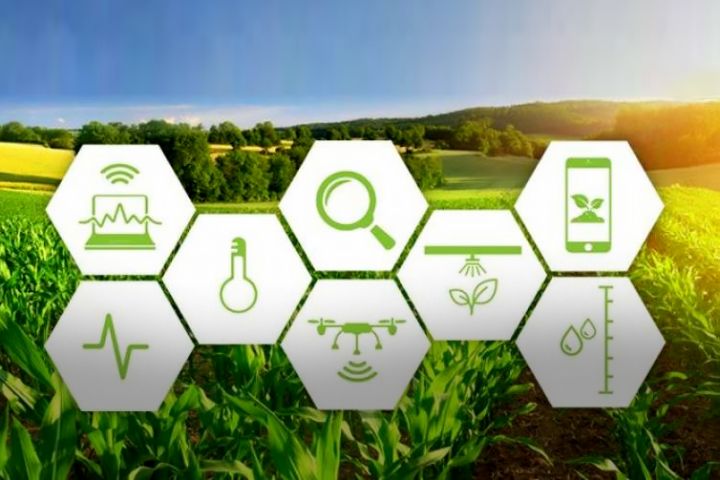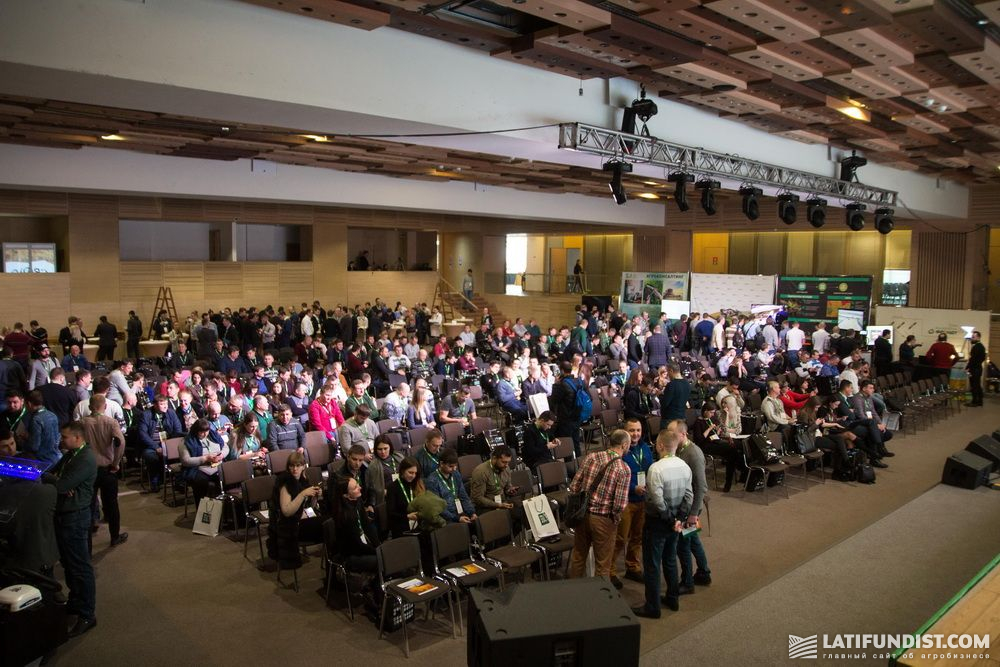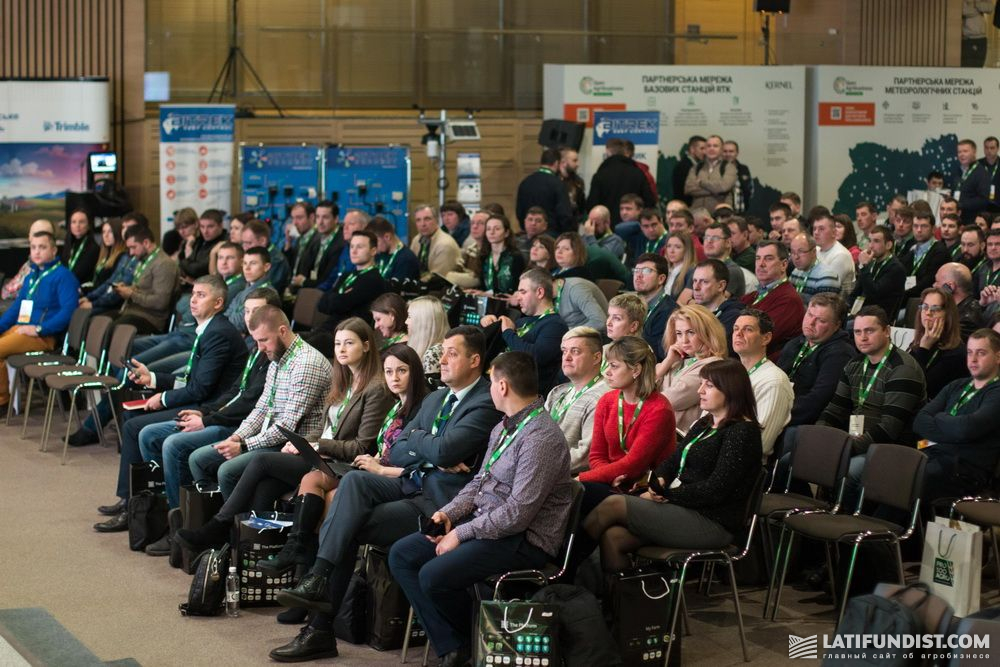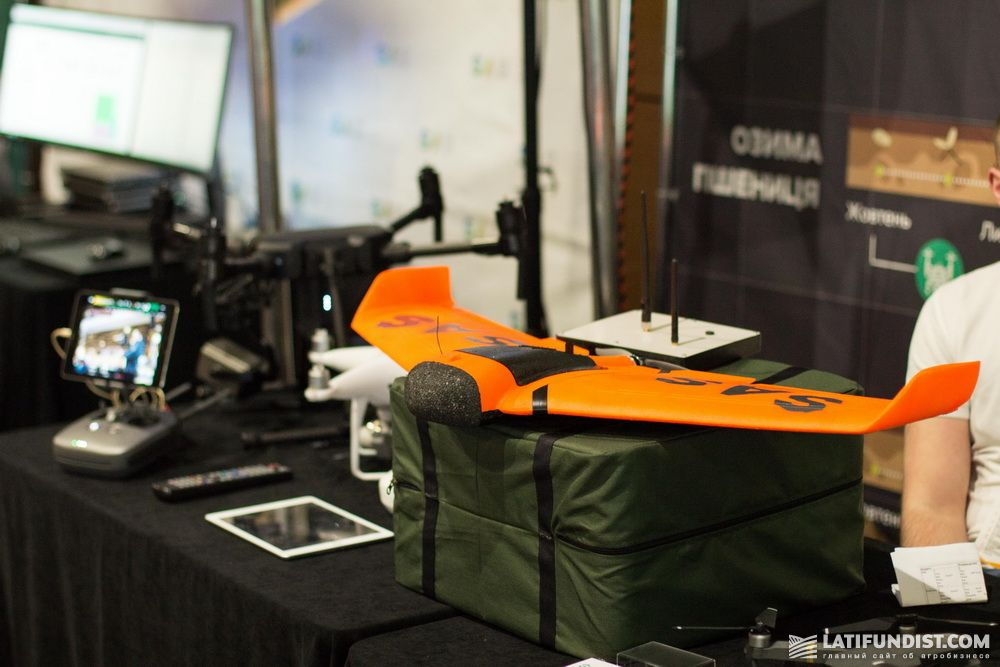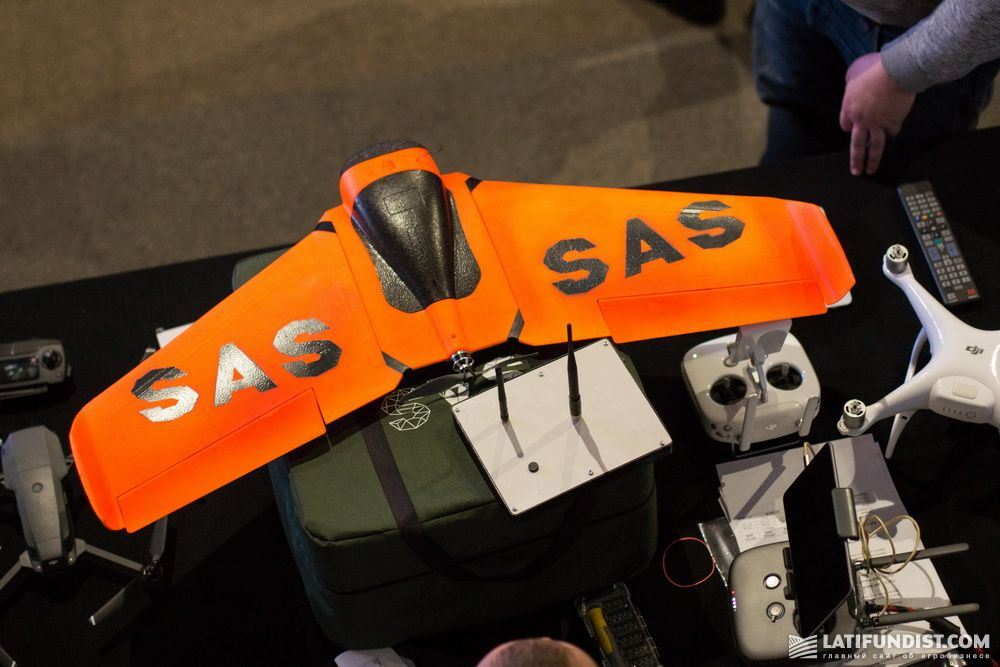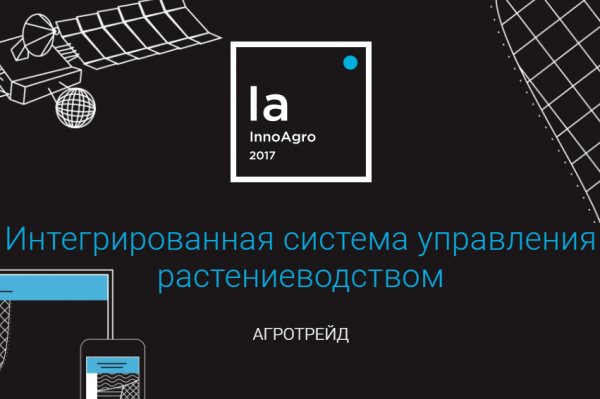Cropio Camp 2019: Build Your Own Digital Farm
...Among a noisy crowd, two lively interlocutors stand out. From a curious dialogue I catch fragments of a few phrases.
|
- “Smart technologies are of course, good and necessary. However, when you come back home, you show something, you prove something ... and your hands just drop down. Everything is out of order, nobody needs anything. Added to all this, you went to the field with a sprayer, and your herbicide was stolen,” one complains. - “Believe you me pal, when they see the real advantages of these technologies, they’ll change their mind and everything will run like clockwork. I had some resistance for a long time too, but when they were convinced that the technologies really help you, simplify life and save time, and whatnot they seized upon it like a fat kid and the cookie jar, I mean double enthusiasm. Moreover, thanks to the digitalization of production, I removed the extra costs and raised salaries.” |
Such non-trivial conversations about agrarian life are pretty common at Cropio Camp. For the last two years, the event has become a kind of closed get-together of ag professionals, a meeting place and experience exchange for the specialists of different levels and top managers of agricultural enterprises. In other words, not people "from the street", to whom many words will be simply incomprehensible, but agricultural manufacturers whose life is all about the field. Professionals who are accustomed to respond quickly to problems, and not to state losses at the end of the season. Specialists who record deviations in the machinery performance in real time and immediately deal with the driver, and do not assign a guard to each unit of equipment, etc.
From Mono to Multi
In 2019, over 500 specialists from more than 150 companies attended the training session in Kyiv. Compared to 2018, the number of participants and geography have doubled. Usually, the training has two main objectives: to talk about system updates and increase the involvement of users of the platform, as well as to give participants the opportunity to share their experience in using digital technologies in general and various system tools in particular. The first event in 2019 was no exception.
In his opening remarks, the CEO of Cropio for the EMEA region, Andrey Andriychuk, noted that the system was initially developed as a mono-service focused on crop monitoring. However, over the years of its existence, it has acquired such a large number of microservices and functionality that, in fact, it has turned into a multi-component ecosystem with which many services, solutions and programs are integrated.
"That’s why, from 2019, Cropio will be developing as a platform for internal and system-integrated services and solutions. The platform in which a huge amount of data is conveniently collected in one place and there’s no need to download additional programs, transfer data from one system to another, from one format to the other, and so on. At the same time, each farmer selects an individual set of services that he will use on his farm and in the company,” he added.
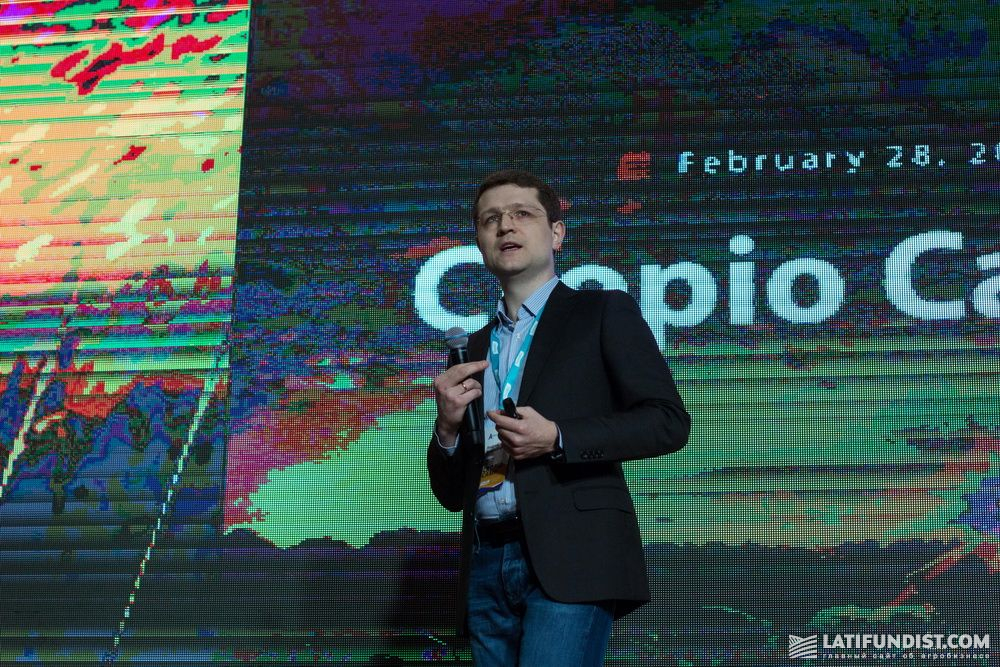
Crop health monitoring is significant, but only a part of the platform’s functionality. Information about the current state of crops is important not only to obtain but to use wisely. Therefore, in the future, the data are transferred to the Agri Operations module in order to correctly and effectively carry out all the work in the fields: from tillage to harvest. In tight tandem, the Telematics module works with the agri operations tool, which helps to connect agricultural machinery to the work and set appropriate tasks.
There are many other modules and services in the platform that can be connected if necessary. They cover most of the needs for organizing efficient crop production. In addition, the platform has a whole range of mobile applications for everyone involved in the “agri party”: top managers, shareholders, agronomists, dispatchers, engineering services, etc. All applications can be downloaded for both Android OS and IOS.
What partners are saying
As far as the stated capabilities of the platform corresponding to reality, experienced users talked about them during the training. Thus, according to Sergey Orlov, CEO of the IT Department of Agrotrade Group, in 2018, the company conducted a two-way end-to-end integration of Cropio and 1C. Now the processes of execution and accounting are fully synchronized between two systems: directories, work and equipment accounting, materials write-off, harvesting in real time mode and land accounting. Additionally, the company uses a QlikView system feature to generate custom reports.
“The most important area of integration is the control of technology and the accounting of amount of work. Our process looks like this: in Cropio, agronomists plan technology, add agri operations with application rates. In the operational planning of machinery before it leaves for work, assignments are made to the machines. Further, the monitoring center during the execution of the work, monitors the compliance of the task with the work performed, cuts off possible cases when the car left without a task, and maintains operational control. After completing the tasks, the system automatically calculates the amount of work: mileage, hectares, hours. And all this information is transmitted to 1C, where the registration and waybill is formed, which is triggered through the business process, resulting in tight control of the volume of work of its own or hired equipment. And importantly — the timing of work," said Sergey Orlov.

From each registration bill that was created in 1C, you can click on the link to the corresponding page of the platform and see the track of this task: the route of the car, what time it started and finished work, the duration of stops, etc.
In addition, the processing of documents has changed dramatically in the company. Employees from their respective accounting units were "pulling" information from the field before. It looked like creating trip tickets, sending them to the office, and processing it. Then it will be reflected in the accounting and seen in the management and accounting records. Now everything is happening the other way: already created accounting sheets come to the platform, and the business process starts automatically — the employees of the accounting departments are basically encouraging employees in the fields. Say, we know that your car worked today, whether it met fuel consumption standards or not, etc.
Problem prevention
The next partner was Yevgen Sapizhenko, the head of the Kernel Modeling and Monitoring Service. As known, last year the company launched the Open Agribusiness partner project. In fact, the company expressed its willingness to fully open technological charts, show how it produces a particular crop in different regions and provide access to field monitoring with a number of tools based on Cropio.
Learn more: Yevgeny Osipov: Open Agribusiness — Open up or Die
According to Yevgen Sapizhenko, now, in Cropio, additional services are available for Kernel partners that the company provides as part of cooperation. Open Agribusiness Weather is a service that allows you to connect to the Kernel weather station partner network. Another service — Open Agribusiness RTK — allows partners to receive the exact RTK signal from the RTK stations of the agricultural holding. Kernel partners can activate these services directly from their Cropio account.
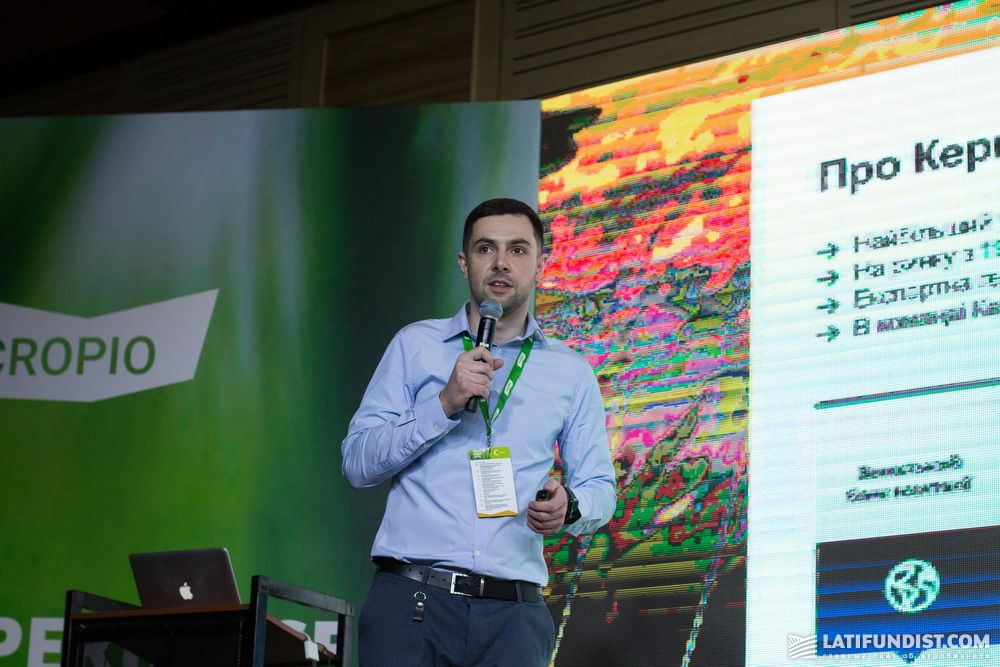
The next partner was Valeriy Koval, head of the GPS control and innovation department at NPF Urozhay (MHP). The company built the most transparent tool for planning and controlling agri operations. The company sees all deviations from plans and incorrect performances of work in real time.
In NPF Urozhay, we established business processes in a way to prevent mistakes, not to correct their consequences. The following tools are used for this process: planning of each operation, blocking of operations, geo-zones monitoring, working without a plan, using machinery and equipment efficiency indicators, using custom fields for generating custom reports and additional control. Operational information is available in real time, consolidated reports — the next morning.
According to Valeriy Koval, the first step in the implementation of the system would be operations control, the materials usage, and the submission of operational data for each day. So, the responsible person creates an Excel report on the platform and submits it to the agenda in an accessible form: planned works, what was done yesterday, what was left to be done. Accordingly, the human factor is minimized, the management receives reliable information about the productivity of employees, the state of crops.
“In fact, over the past year, we turned down the tractor driver’s checklist: a task for equipment is written out in the system — that’s what the electronic waybill is. And again, all data is processed, closed, formed using Excel and loaded into 1C. In order for agronomists not to create acts for write-off, actually closing the agri operation, all the information on the use of materials is closed. This is transferred to the dispatcher's report, the write-off is transformed and loaded into 1C,” adds Valeriy Koval.
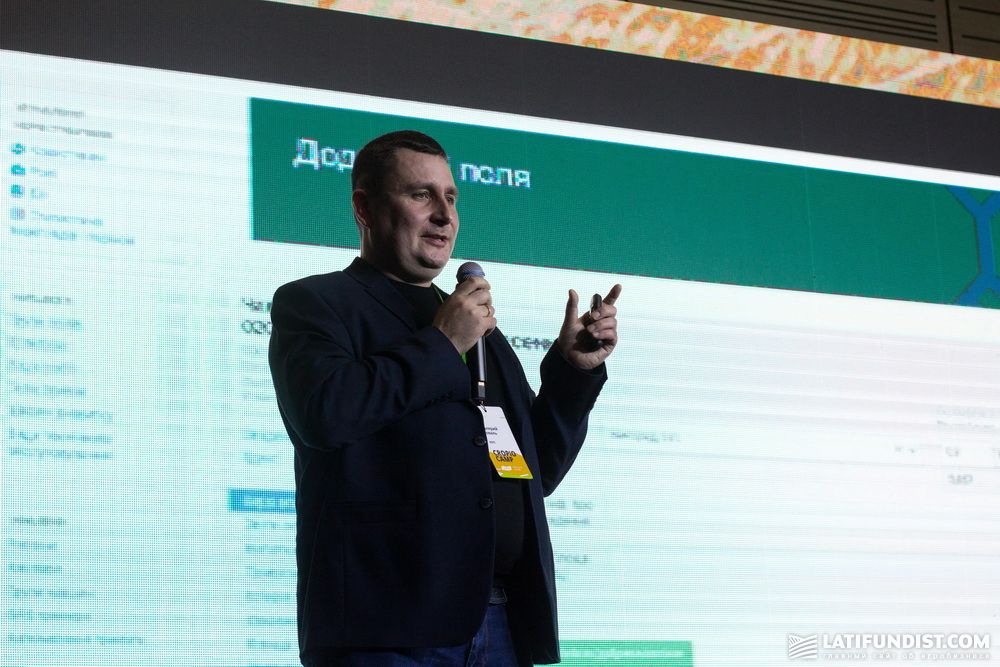
Practical part
The second part of the training consisted of 60-minute modules. The theme of each module was a separate platform function (or a set of related functions), as well as practical examples of using tools. During such modules, you could not only listen to the reports of Cropio representatives but also ask questions or share your company's experience.
Also, Grain Hub is provided for such networking — a project implemented jointly with the Open Agribusiness initiative of Kernel. The Manager of the EMEA region, Elena Ananchenko, shared some information about it. According to her, in Grain Hub, users share agrarian practices, compare technologies and screen out non-working solutions. As a result, farmers use the best methods of cultivation for a particular crop, variety, region in their production. More than 30 companies are already participating in the project, the total land bank of which exceeds 210 thousand hectares.
The project is based on the principle of data exchange. Participants see each other's fields, compare the development of crops. Many show agri operations, application rates and other technologies that help them to get a crop above the average level for the particular region.
Another new tool with the Farmer to Farmer data interchange ideology is Open Weather. After activating the service, a company can exchange data from its weather station with its neighbours, who also have their own stations. The service helps to exchange information with weather stations within a 50 km radius from the location of user fields. Open Weather data added to the user's forecast model will form the weather forecast much more precisely and provide complete information about the weather conditions in its region.
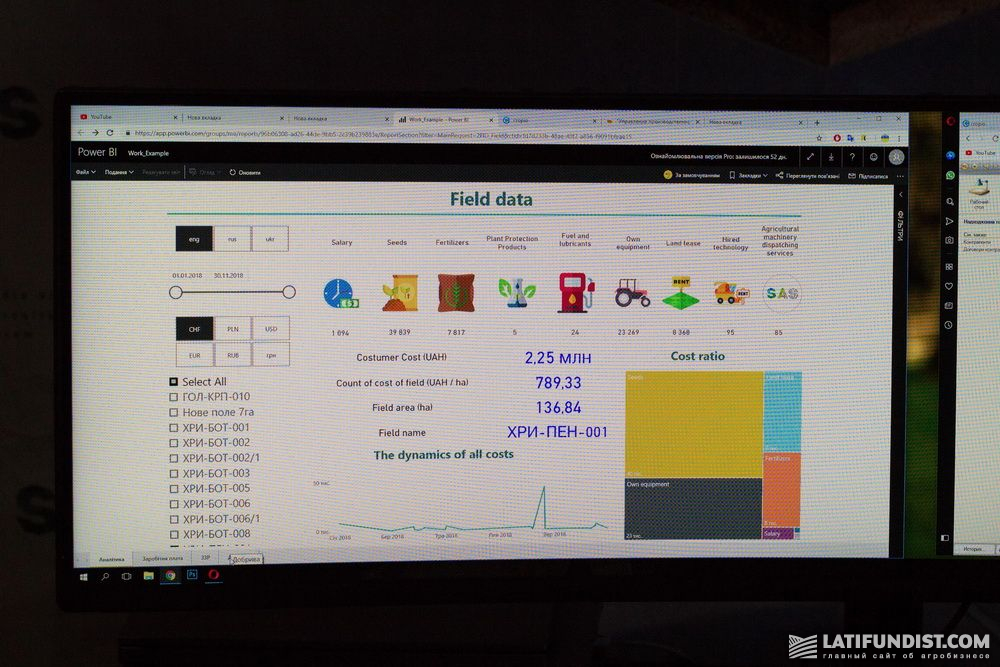
…Cropio Camp 2019 is close to its end, but participants are still around, and while having their evening coffee, they continued to discuss and exchange experience in the use of technology. It seems that synergy in agribusiness is the same condition for its development as the introduction of integrated crop production systems, modern service products and solutions at the junction of agriculture and IT. Achieving better results is much easier through teaming up, rather than by fierce competition.
Konstantin Tkachenko, Latifundist.com

